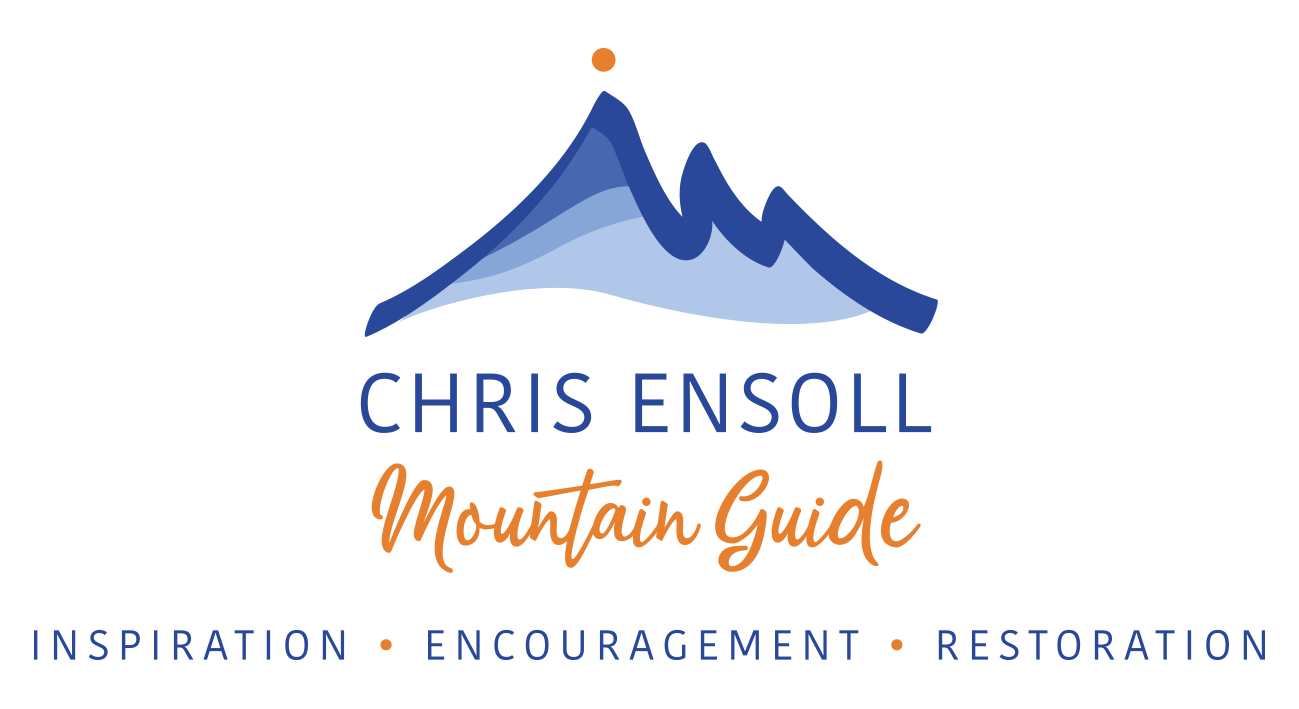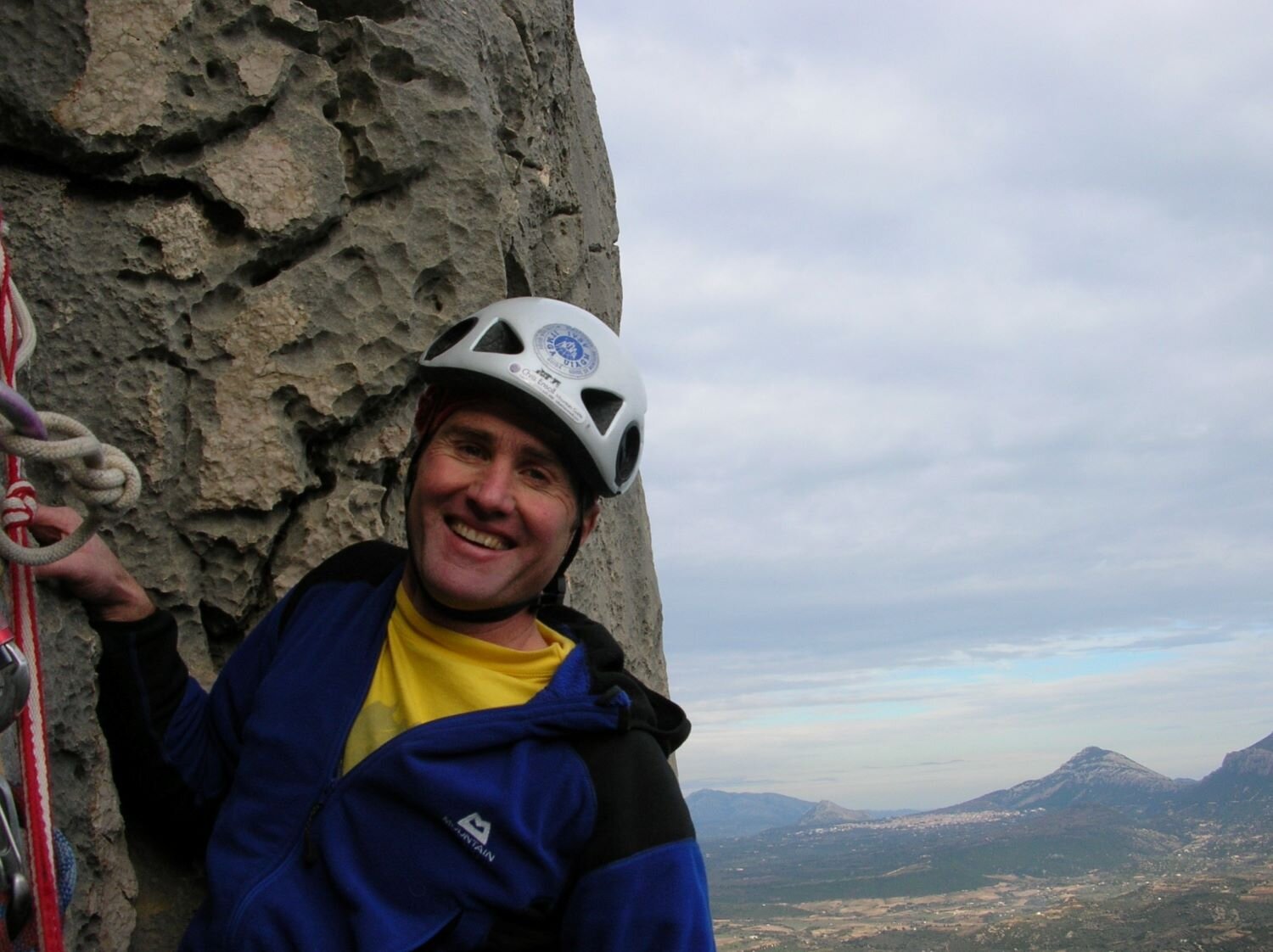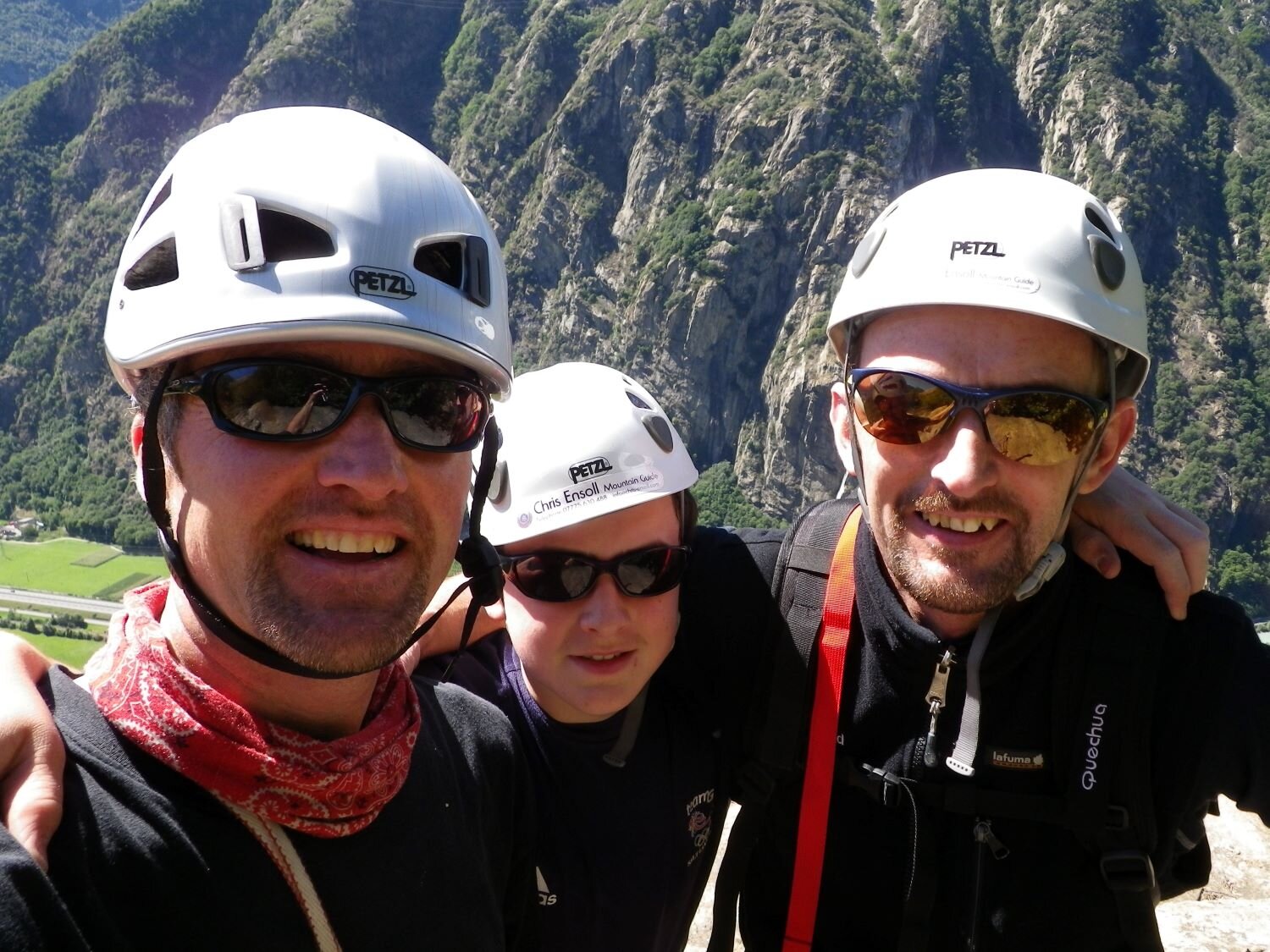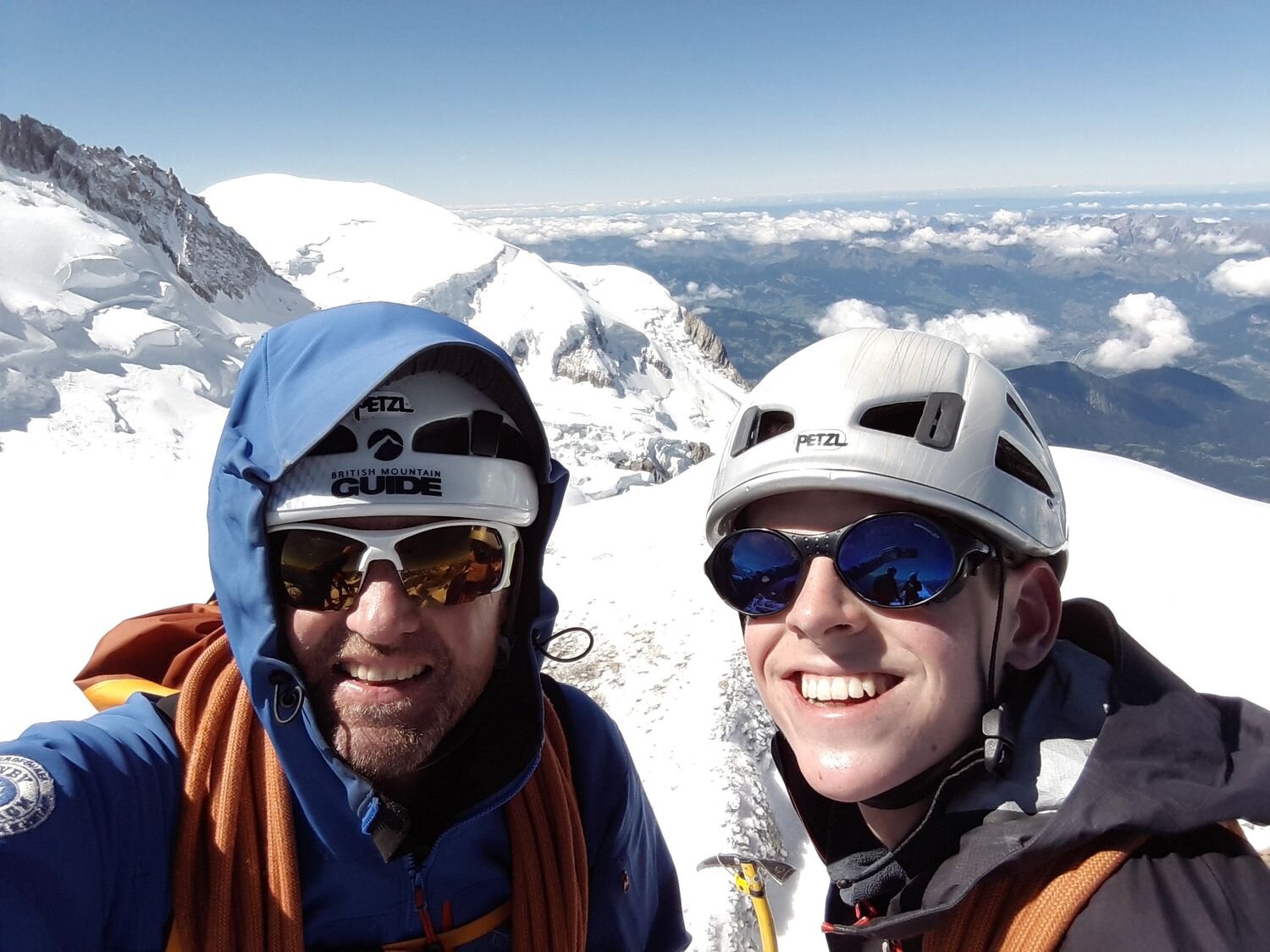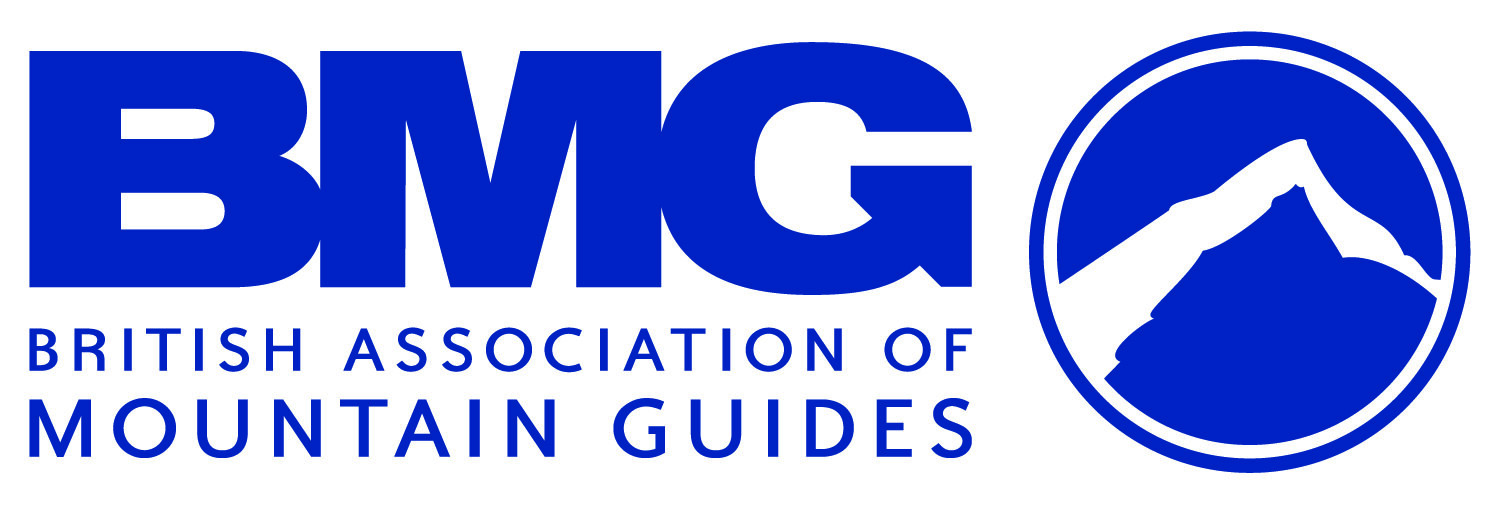My Favourite Climbing Helmet: the Petzl Meteor (And How To Choose A New Helmet)
/WRITTEN by CHRIS & ANNE ENSOLL
Disclaimer: we don’t have any affiliate links with Petzl, and we don’t benefit in any way from this blog post.
I have never got on very well with climbing helmets, so this is a review from someone who would really rather not wear one. My first helmet in the late 1970s was a Joe Brown fibreglass bowl, which was really strong and would probably still pass all the safety tests today. However, it was heavy and not very comfortable. I had a few other helmets over the years, but didn’t like any of them very much.
2007: in Sardinia with my first Petzl Meteor
Petzl brought out the Meteor in 1996, and I bought one to give it a go. It was light and comfortable - not as strong as the old JB helmet, but I was much more likely to wear it. I have now owned every model of the Petzl Meteor, and until very recently was using this one (my third):
2016. Working in the Lake District with my third Petzl Meteor. Photo credit Tom Greenwood.
It weighs only 220g and fits my head well. I don’t mind using it every day and it has lasted without too much damage, although it is quite fragile and easy to squash in your sack. I have used it for ice climbing, trad climbing, sport routes and Alpine guiding.
I am now needing to replace my helmet, so what will I go for next? Well, not surprisingly I’ve just bought the new Meteor. So what’s the same and what’s changed?
Petzl have gone beyond the safety requirements and have designed the helmet to protect from an impact from the side, which means they can market it as a dual-purpose climbing and ski touring helmet. The Petzl Boreo that I use for my clients also has this design.
The fit has been improved.
The vents are bigger, so it breathes better (see photo below).
It is slightly heavier at 240g, but still a light helmet.
The cradle in the old helmet was good, and the new one is very similar.
The old and the new both have a magnetic buckle which works OK, however you have to be careful when climbing anywhere that the rock has a high metallic content, eg the Cuillins of Skye – tiny pieces of rock can clog up the buckle.
The system for holding a headtorch has changed, possibly to allow better venting at the back (see photo below). Any helmet which will securely hold a headtorch is very handy for early Alpine starts or late Scottish finishes.
So what do I look for when buying a new helmet?
Comfort
To be happy wearing a helmet, I need to be able to forget it is on my head. What works for you will obviously depend on the shape of your head. I have tried other makes, but never got on with them, and I always come back to Petzl.
Weight
A light helmet is essential for me. I use the Petzl Boreo helmets for my clients, which are excellent and a bit tougher, but also a bit heavier – 310g vs 240g. If you are heavy on your kit, this would be a better choice for you.
Warmth vs ventilation
Does the helmet fit under the hood of your waterproof jacket? How many vents does it have? There can be a problem with getting enough ventilation when you’re working hard, but then getting cold on a winter climbing belay. If you can put your hood up over the helmet to keep the wind out, this solves this problem. Some helmets have plugs to close the vents, but I have never found these very good, so I just use my hood.
Adjustability
Sometimes you will want to wear a warm hat underneath your helmet, so having enough adjustability in the cradle is essential. Many helmets come in different sizes – the Petzl Meteor comes in two sizes. I have a fairly large head, and I use size 2, which is the bigger size. Size 1 is good for children, and for adults with smaller heads.
Safety
Always look for the UIAA safety badge, and never buy a helmet that doesn’t have it.
A brief history of my climbing helmets
2008: guiding in the Alps with a Black Diamond Tracer, which I didn’t like, so I quickly went back to a Petzl
2010: guiding in the Alps with my second Petzl Meteor, with clients using the Petzl Elios
2014: guiding in the Alps with my second Petzl Meteor
2015. Rock climbing at Gogarth in north Wales with my third Petzl Meteor. Photo credit Jordan Manley.
2016: Winter climbing in the Lake District with my third Petzl Meteor.
2016: Rock climbing on Gimmer Crag in the Lake District with my third Petzl Meteor.
2016: using my old second Petzl Meteor for ghyll scrambling in the Lake Distric
2016: guiding in the Alps with my third Petzl Meteor, with a client using his own Petzl helmet
2019: guiding in the Alps with my third Petzl Meteor, with a client using our Petzl Elios
2019: guiding on Dow Crag crag in the Lake District, with a client wearing our Petzl Boreo helmet
What’s your favourite climbing helmet?
Let us know what your favourite helmet is, and why, in the comments below. We’re looking forward to hearing from you!
